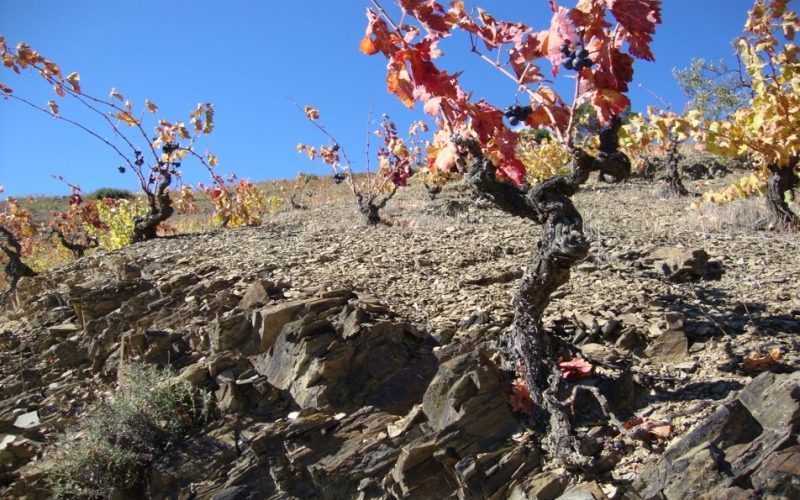People look at me strangely when I tell them that a wine has mineral notes, but what can I do? That’s right, many, to a greater or lesser extent, do. There are wines that have hints of chalk, others of talc, also of river stones, or of phosphorus, to give a few examples. Where do those notes or memories come from?
The vineyards can settle on slate, limestone, marl, clay, granite, etc. soils, which contain a significant proportion of minerals, so it is not unreasonable to think that this minerality is transferred from the soil to the fruit, through the roots. . This possibility seems consistent, since the vines are nourished by water and mineral salts from the soil for their development, so that minerality may end up reflected in the wine.
However, there is no unanimity in the certainty of this conclusion. Many geologists affirm that the vine does not absorb minerals in a pure form, but only water with dissolved anions and cations, which do not transfer any type of aroma and flavor to the fruit and therefore to the wine. In this way, there would be no direct relationship between the aromas of a wine and the mineral composition of the vineyard soil. The minerality would be given by the activity of the yeasts during fermentation, by the way of vinifying and by the climatic characteristics of each vintage. It seems to me an interesting theory, although according to this hypothesis, mineral nuances could appear in vineyards with less mineral composition soils and the reality is that they appear, only and always, in very limestone, slate or granite vineyards, a circumstance that, particularly, it catches my attention.
In my opinion, based solely on experience, all wine (always speaking of those who respect the philosophy of terroir) is a reflection of the vineyard in which it is based. The soil, the variety, the method of production and the climate are reflected in the wine from each parcel, so the minerality of the wines is given by a set of variables and each one of them contributes its bit so that the wine expresses itself. its landscape.
